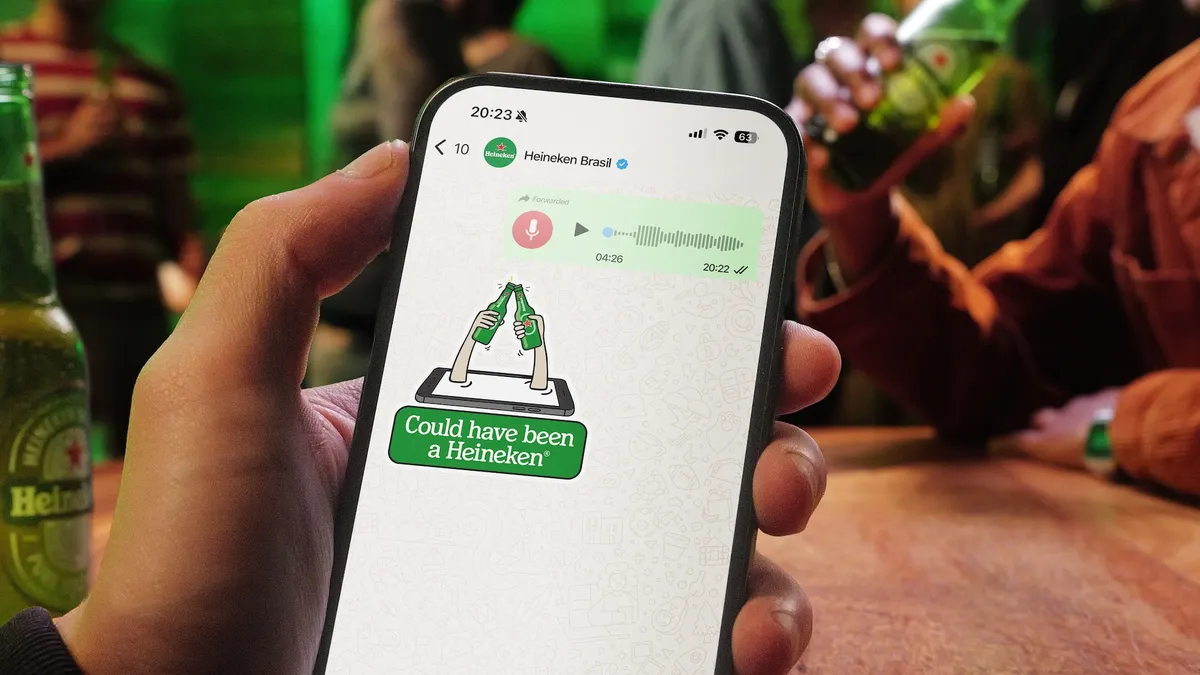The following is a guest post from Zachary Conen, senior manager with LRA, a Deloitte Risk and Financial Advisory business.
Today, a brand is so much more than a logo or a brick-and-mortar building. It's an amalgamation of in-store look and feel, employee interaction with customers, online storefronts, advertisements and marketing campaigns, behind-the-scenes operational processes and perhaps even partner companies that deliver a brand's goods and services. Aligning these properties is a challenge, and as it turns out, companies with stricter brand standards are finding their approach may require a greater degree of flexibility in this omnichannel marketplace.
Companies still want to maintain a consistent brand identity — formal, upscale, humanistic and modern — but they should also consider integrating flexibility to better personalize interactions with customers. The following tips can help a brand find a balance somewhere between a rigid brand standard that fosters a singular, narrow view and a fast-and-loose brand framework that doesn't consistently align throughout the customer experience.
1.) Strategize how your digital and physical assets interplay
Setting the scene: The expansion from brick-and-mortar to digital was fluid and fast-paced. Capitalizing on the emergence of the digital channel required speed and creativity. But is the current interplay of digital and physical a brand reinforcement or a brand disconnect?
Brands need a clear understanding of how their digital world intersects with the physical world. Many successful brands are able to knit together their digital and physical realms, helping to cultivate a customer experience that feels the same online as in the physical world. Brands that have traditionally been confined to physical interactions with customers should consider developing guidance that fosters a seamless experience between their digital and physical assets to create a consistent omnichannel experience.
Although consumers rely on a brand based on its reputation, it's important to cater to individual customer preferences as well — now made easier through measurable key performance indicators that can help brands craft and map individual customer journeys. Even with increased personalization, an overarching brand strategy should still serve as the directional compass when creating an individual's brand experience.
This flexible-consistent approach holds true for channel partners as well. The values and reputation that the original brand pushes into the market are reinforced when mirrored by these partners, and though there can be some flexibility in the interaction, it still should reinforce the original brand's overall strategy.
2.) Hire for the brand, not the skills
Setting the scene: Employees whose personalities fit the brand can be trained in the skills needed for performance on the job, but a personality shortfall can be harder to remediate.
It may seem counterintuitive to hire based on personality instead of skills, but an emerging philosophy about culture and workforce views skills as something that can be taught. By contrast, a person that inherently embodies a company's values has the potential to provide an authenticity that may better resonate with consumers.
For instance, in a recent competitive study commissioned for internal use by a major company in the travel industry, consumers found that one brand was tied to "warmth" while the other was tied to "efficiency." And each brand had a hiring and training strategy in place to be certain that the personalities of its newest employees naturally aligned with the overall brand. The key takeaway is that while neither is the "right" way to serve customers, authenticity is what keeps each brands' customers coming back for future sales.
3.) Create culture-centric brand reinforcement
Setting the scene: Consumers expect a human experience. Automatons may be good at going by the book, but not so much at exuding authenticity or engendering customer satisfaction. Employees on the front lines of customer interaction that embody the brand standard and are empowered to use discretion can reinforce the brand and bolster the customer experience.
While companies think about "brand" as what they communicate and articulate to the market and culture as what they reflect inward, the reality is brand and culture are nearly one and the same. And it's important that each member of a company buys into a brand's message in an intrinsic manner.
Whether an individual works in hospitality or in hospitals, they need to understand how their personal interactions with customers map back to an overall brand identity. If employees' personalities or instincts don't align with the brand, companies should consider giving these employees the tools and guidance to help them develop a better brand disposition.
Overall, a brand is like an iceberg. The 10% of the iceberg that peeks above the water is the brand experience delivered to the public, which is reinforced by the 90% that remains unseen — the standards, training, hiring, design and other foundational processes lurking beneath the water line. When digital and physical assets align, companies hire for culture and that culture, in turn, supports the overall brand strategy, the iceberg is at no risk of breaking apart or melting. Instead, it reinforces a company's place in the market in a way that's not watered down.




















